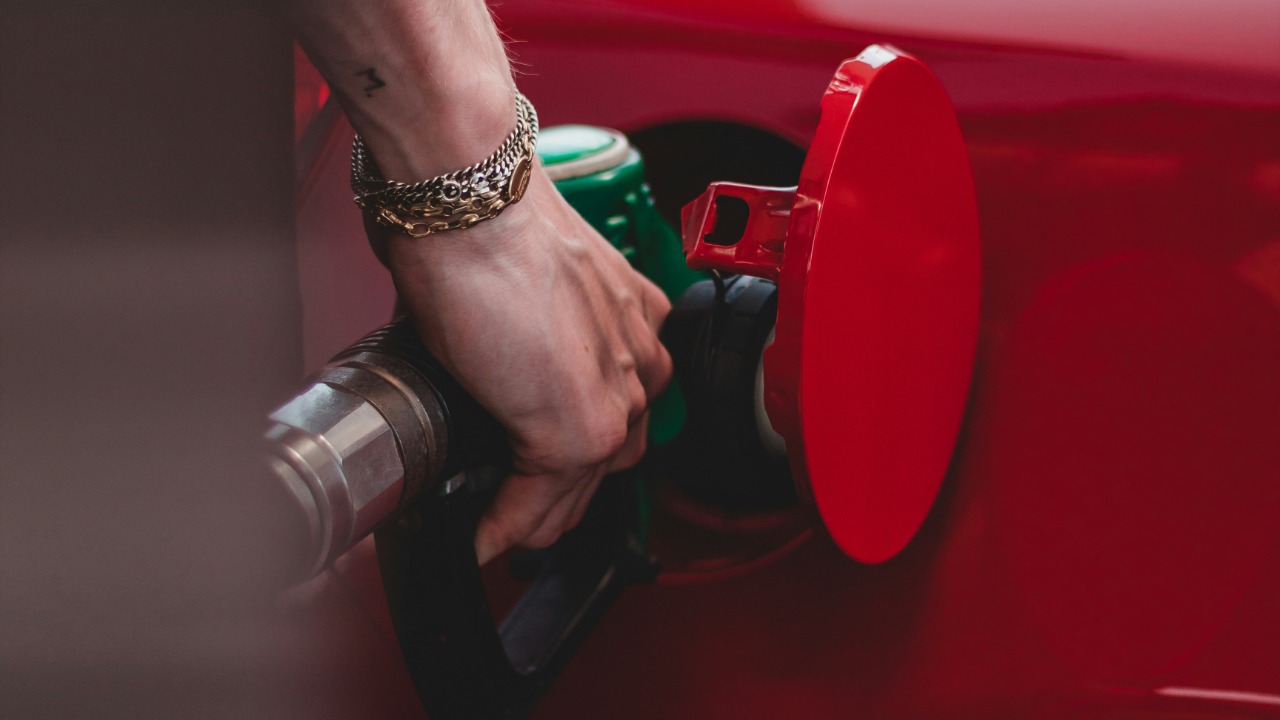
Proper maintenance of your car’s fuel cap and flap is not just about keeping your vehicle looking its best. It’s also about preventing fuel contamination, ensuring vehicle security, and maintaining the integrity of your fuel system. With the rise of fuel types like E10 and the potential issues that can arise from dirt accumulation in the fuel system, it’s more important than ever to keep these components clean. This is especially true if you’re planning to store your car for an extended period, as degradation can occur if these parts are not properly maintained.
Understanding the Fuel Cap and Flap
The fuel cap and flap play crucial roles in your vehicle’s operation. The fuel cap acts as a seal, preventing contaminants from entering the fuel tank and stopping fuel from evaporating. It’s a small component, but it plays a significant role in maintaining the integrity of your fuel system. On the other hand, the fuel flap is the external door mechanism that protects the fuel cap. It’s exposed to the elements and road debris, making it vulnerable to dirt buildup. This can lead to issues like misalignment or sticking, which can cause problems when you’re trying to refuel your vehicle.
Moreover, these components are also important for vehicle security. As highlighted in a guide on car security, protecting entry points like the fuel area from tampering is crucial. A damaged or compromised fuel cap or flap can provide an easy access point for thieves or vandals.
Why Regular Cleaning Matters for Fuel Quality
Regular cleaning of your fuel cap and flap is not just about aesthetics or security. It’s also about maintaining fuel quality. Grime on the fuel cap can introduce debris into the tank, which can affect the performance of modern fuels. For example, ethanol blends like E10 are sensitive to impurities, as discussed in a recent article.
Hygiene is another important factor, especially during pandemics or for daily use. A guide on how to safely clean and disinfect your car advises on sanitizing fuel access points among other high-touch areas. Lastly, regular cleaning can prevent long-term effects like corrosion, which is particularly important if you’re planning to store your car for a long period, as recommended by a guide on long-term car storage.
Tools and Materials You’ll Need
When it comes to cleaning your fuel cap and flap, you’ll need a few essential items. These include mild soap, microfiber cloths, and a soft brush for non-abrasive cleaning. It’s important to avoid damaging the seals, which can compromise the integrity of your fuel system. You’ll also need disinfectants that are safe for automotive plastics. The same guide on cleaning and disinfecting your car provides broad cleaning protocols that you can follow. Lastly, don’t forget to wear protective gear like gloves to avoid contact with fuel residue.
Step-by-Step Guide to Cleaning the Fuel Cap
Start by removing the fuel cap safely. Turn it counterclockwise and inspect it for any signs of wear. Wipe the threading with a soapy cloth to remove any dirt or grime. If the cap is heavily soiled, you can soak it in a mild solution before rinsing and drying it thoroughly. It’s important to ensure that no moisture remains, as this can lead to problems down the line.
Once the cap is clean, you can proceed to disinfect it. Using alcohol-based wipes can kill bacteria on contact surfaces, as recommended by the cleaning and disinfecting guide.
Maintaining the Fuel Flap Mechanism
The fuel flap also needs regular maintenance. Start by opening it gently and vacuuming any loose dirt. Then, wipe it with a damp cloth to remove any remaining grime. If the flap sticks, you can use a silicone-based product to lubricate it. However, use this sparingly to avoid attracting more dirt.
Security maintenance is also important. As mentioned in the car security guide, ensure that the flap locks properly to deter unauthorized access.
Tips for Fuel System Health with E10
Regular cleaning of your fuel cap and flap can also help prevent issues with E10 fuel. As mentioned in the E10 article, this type of fuel can be sensitive to impurities, and cleaning can prevent sediment buildup. After cleaning, check the cap’s O-ring for any cracks to maintain a vapor-tight seal against ethanol’s corrosive potential.
As for the frequency of cleaning, it’s recommended to do this every 3-6 months or before long-term storage. This is in line with the advice given in the long-term car storage guide. By following these steps, you can ensure the health of your fuel system and prolong the lifespan of your vehicle.
More from MorningOverview